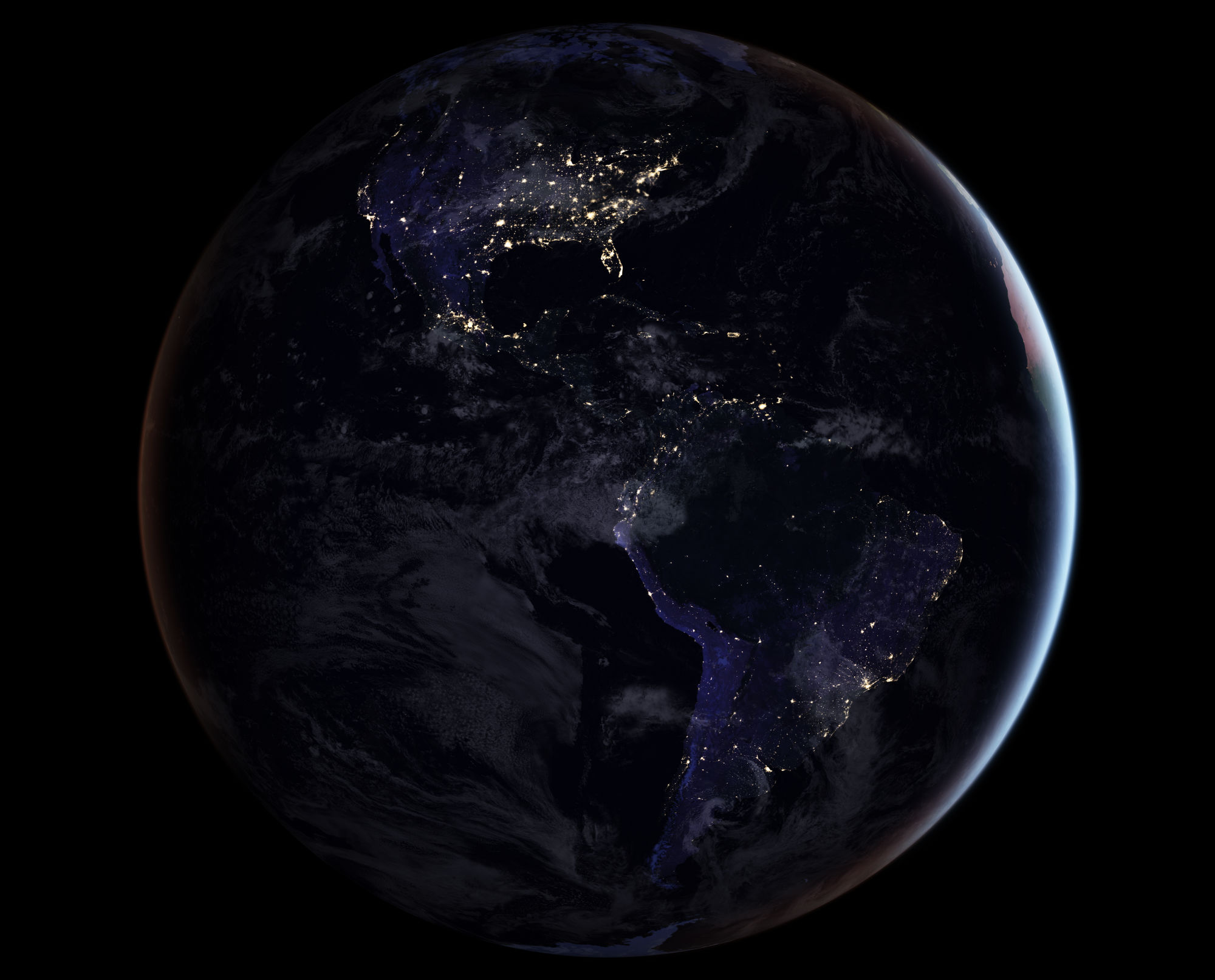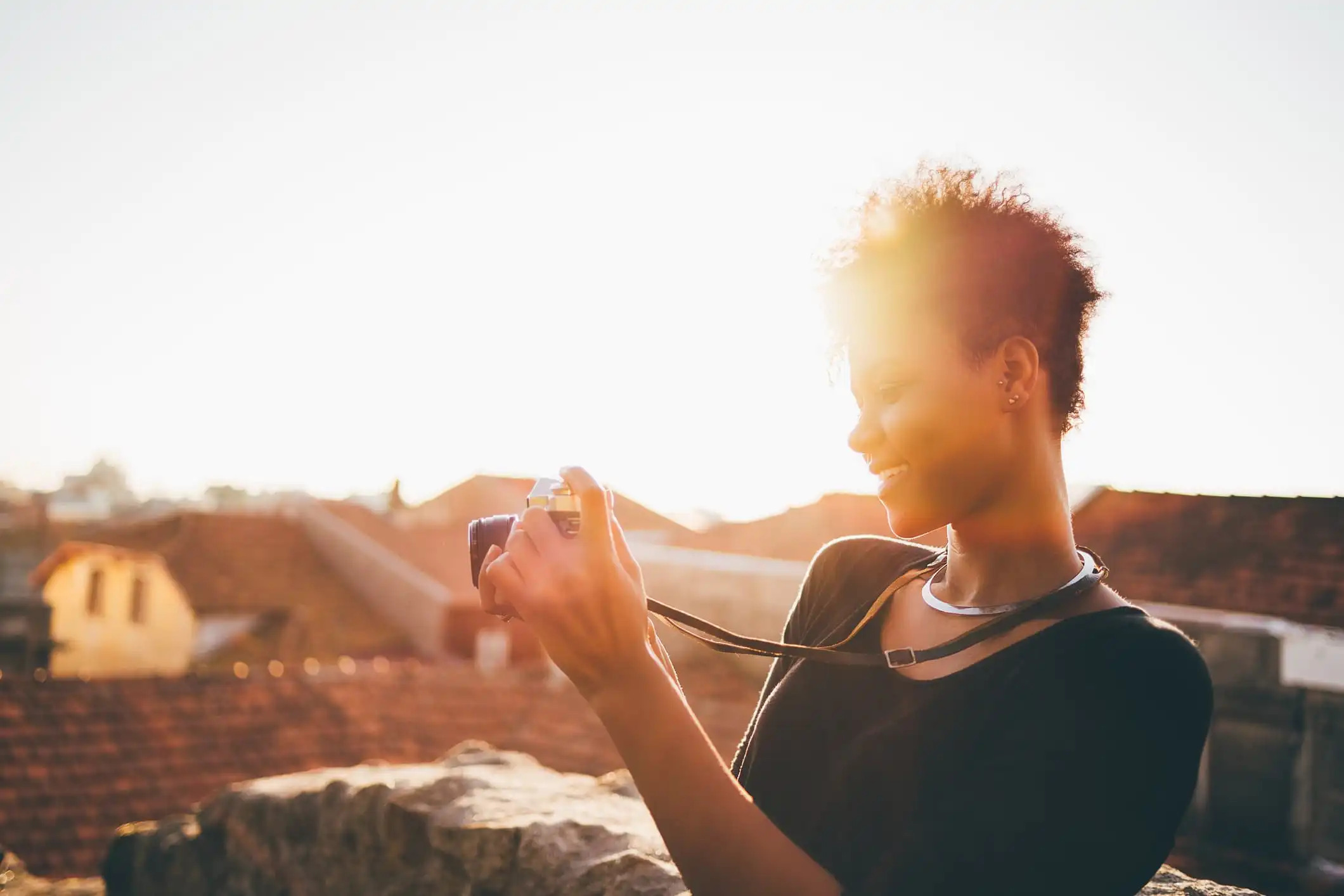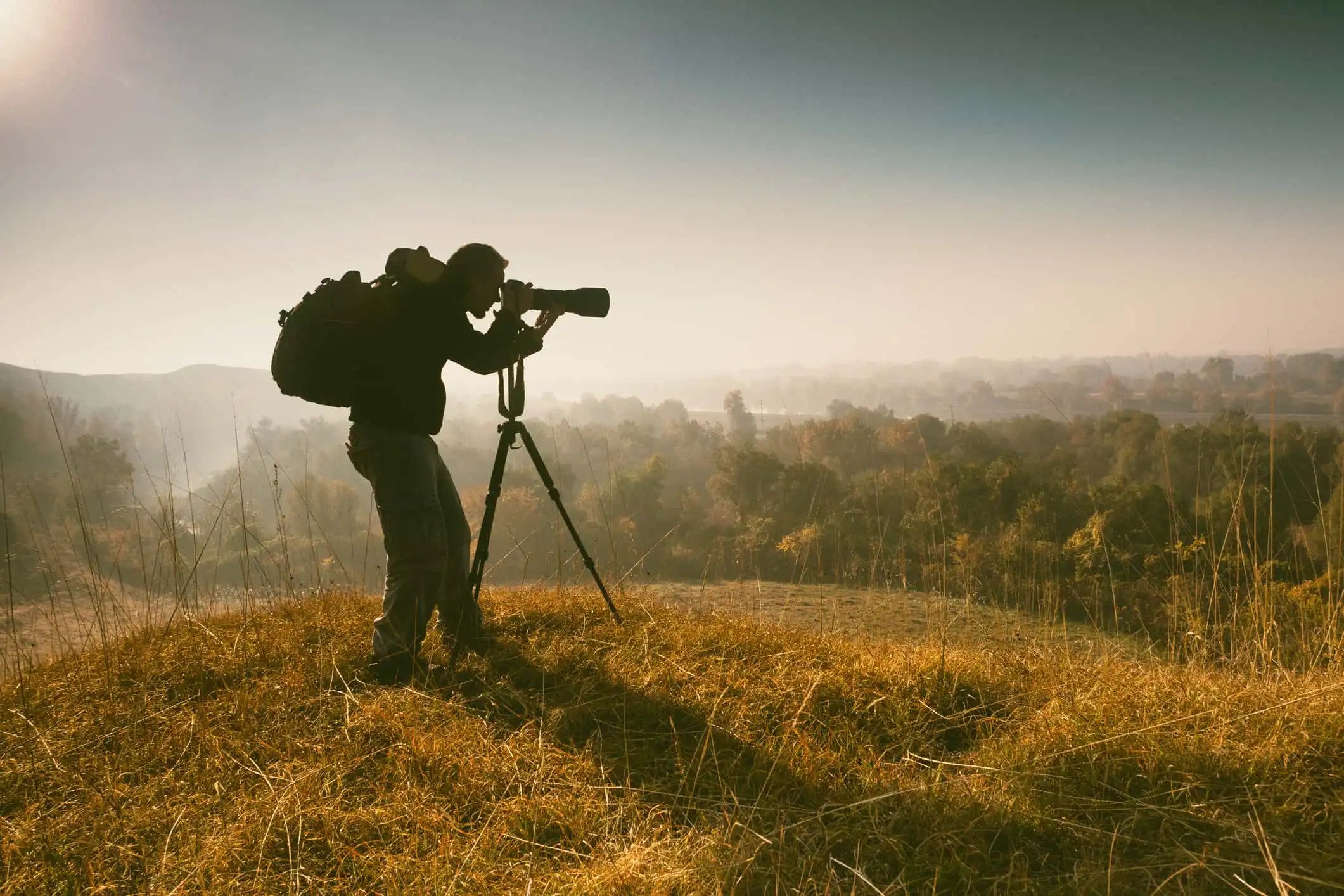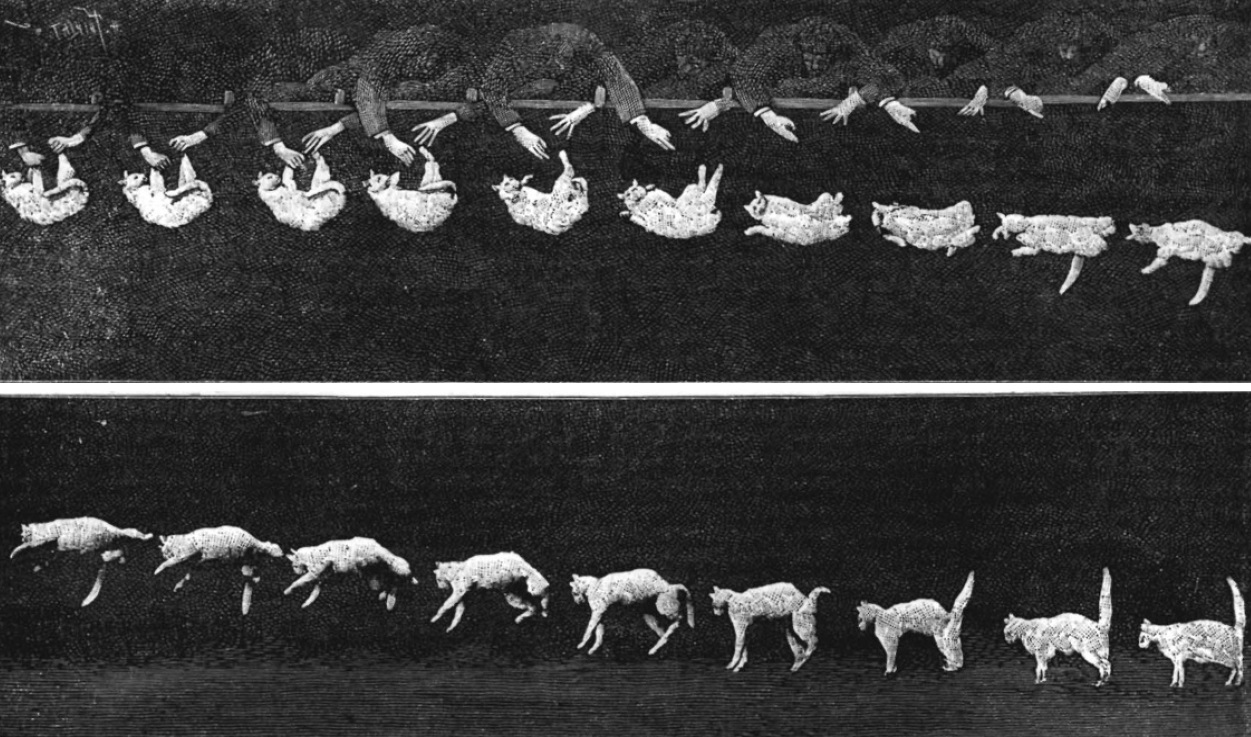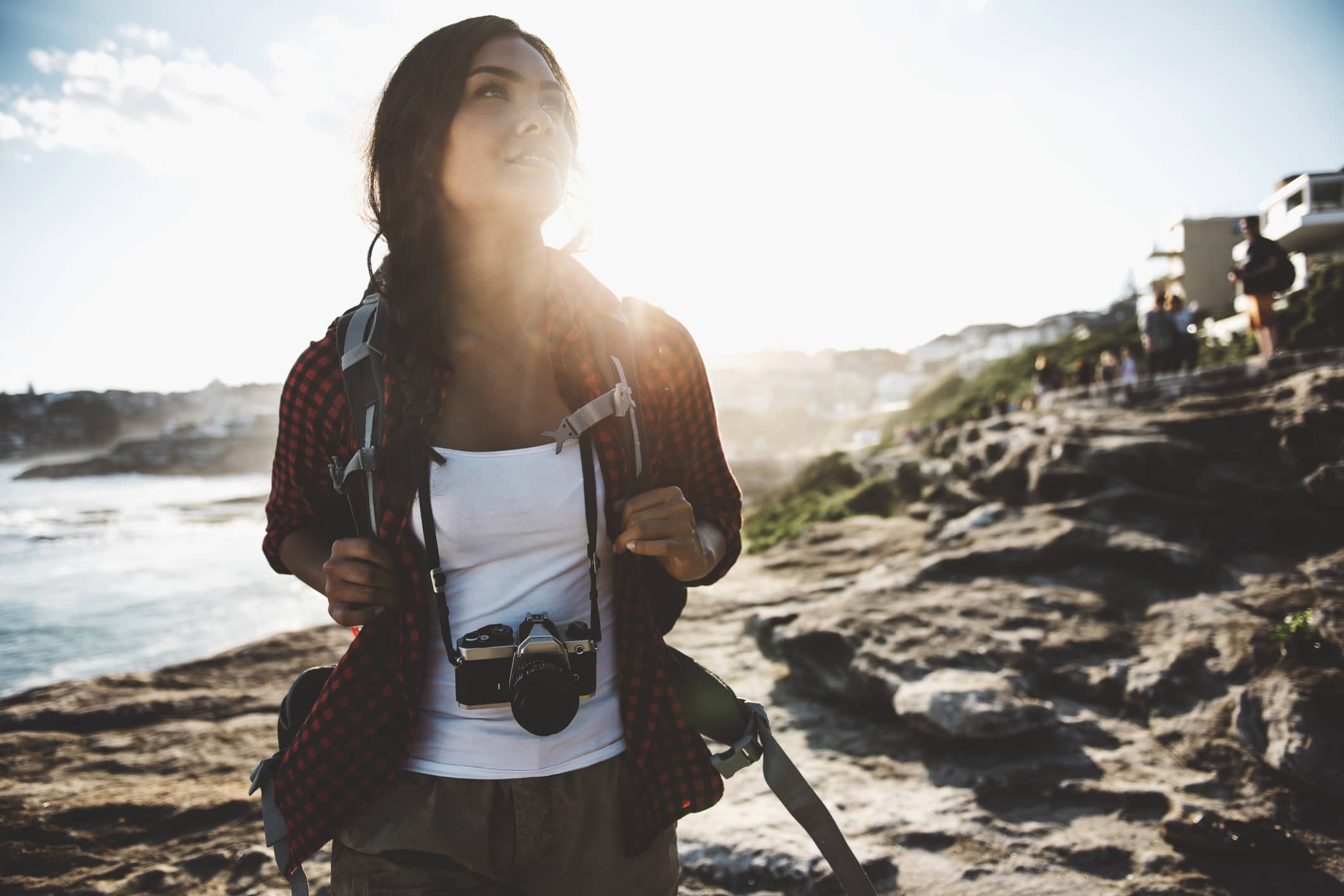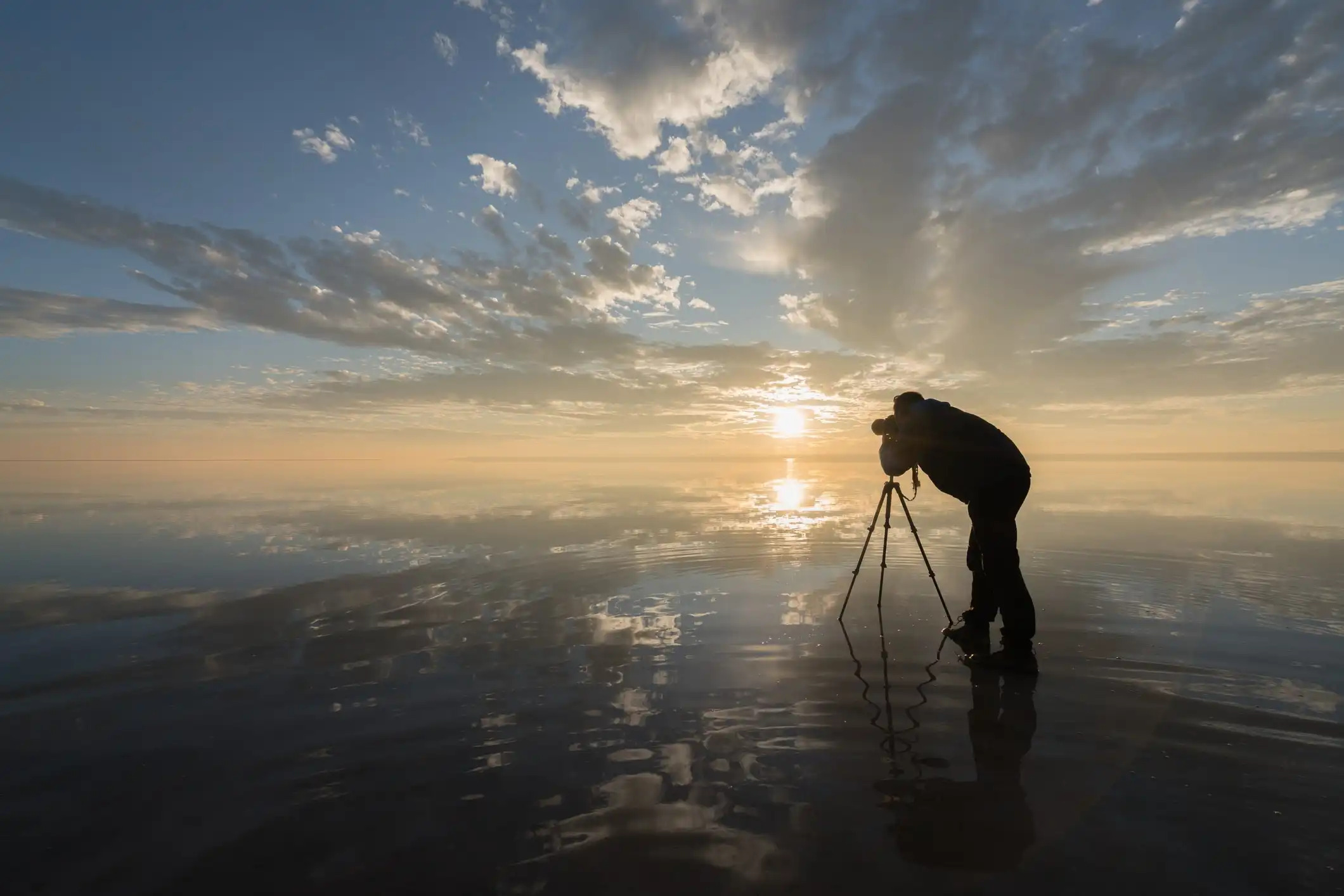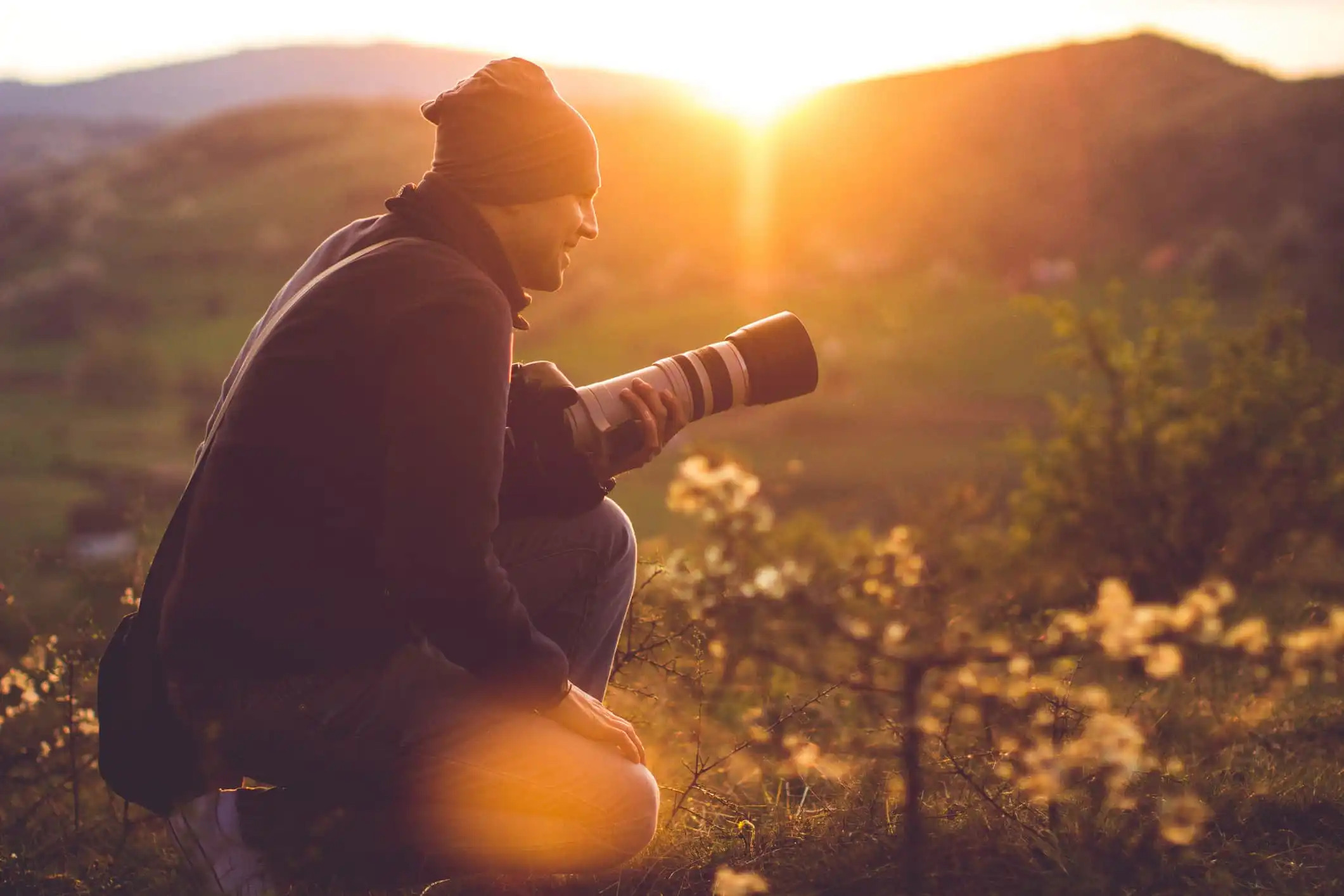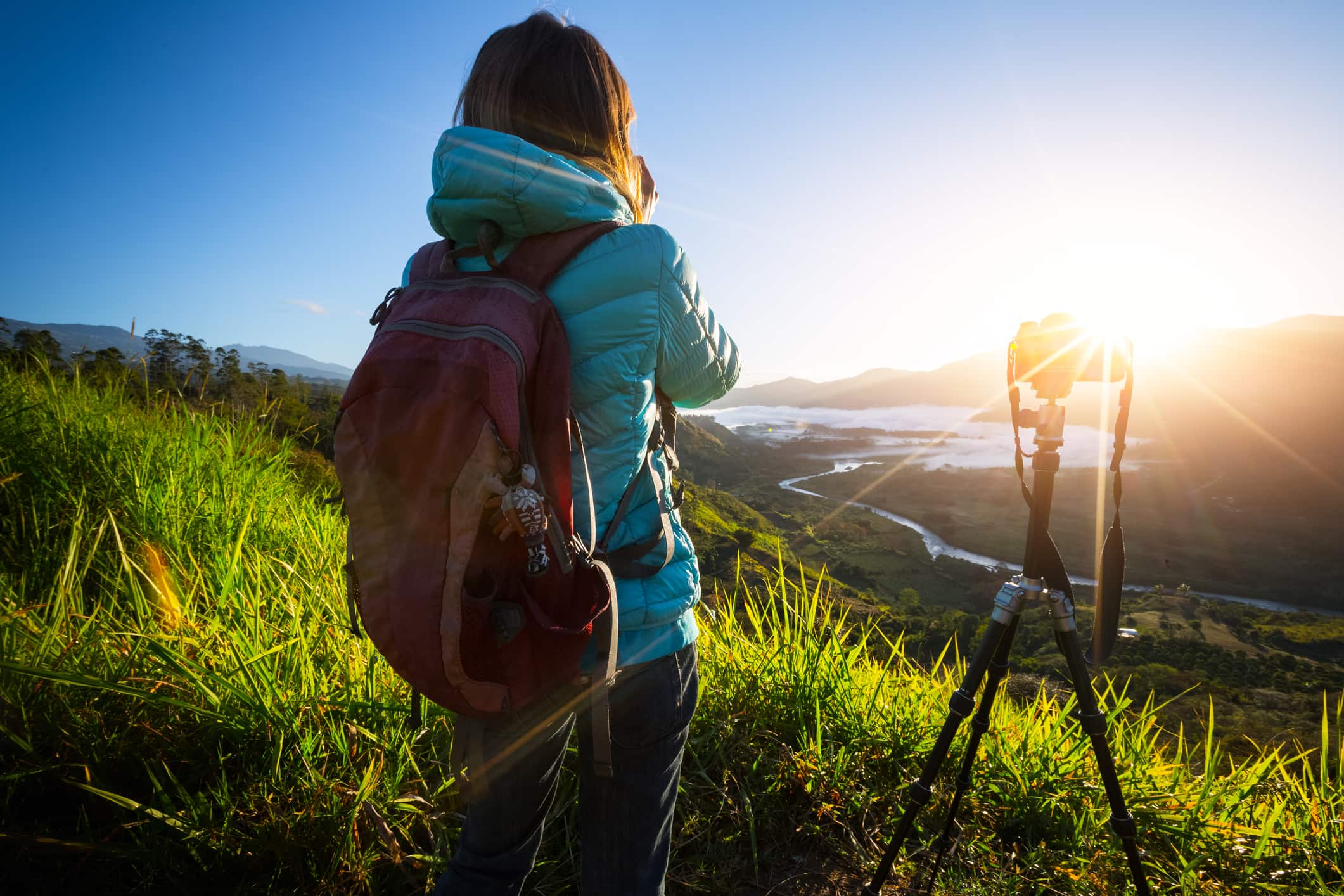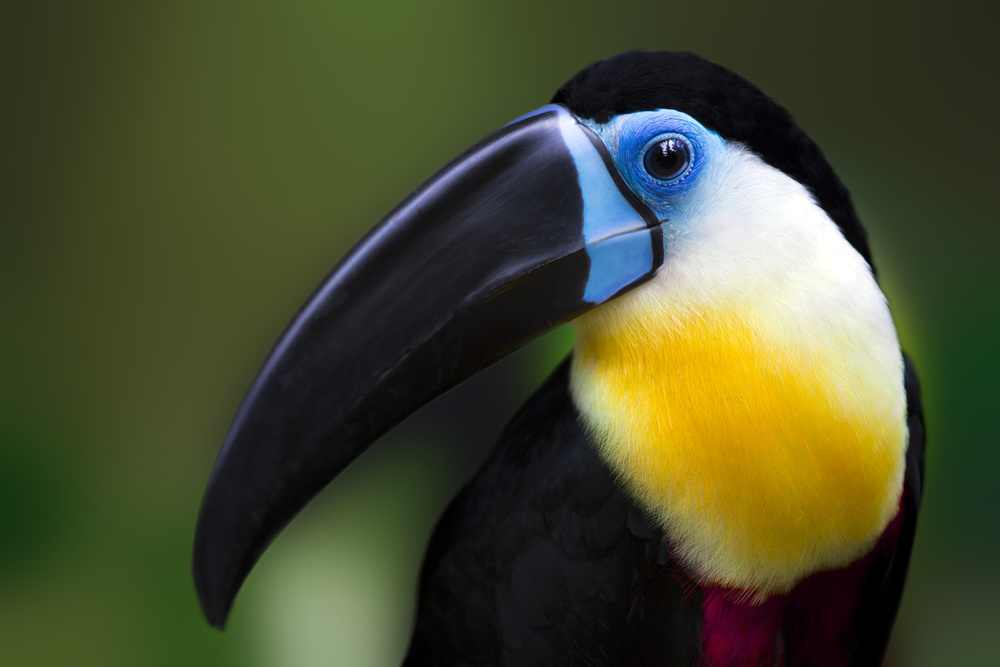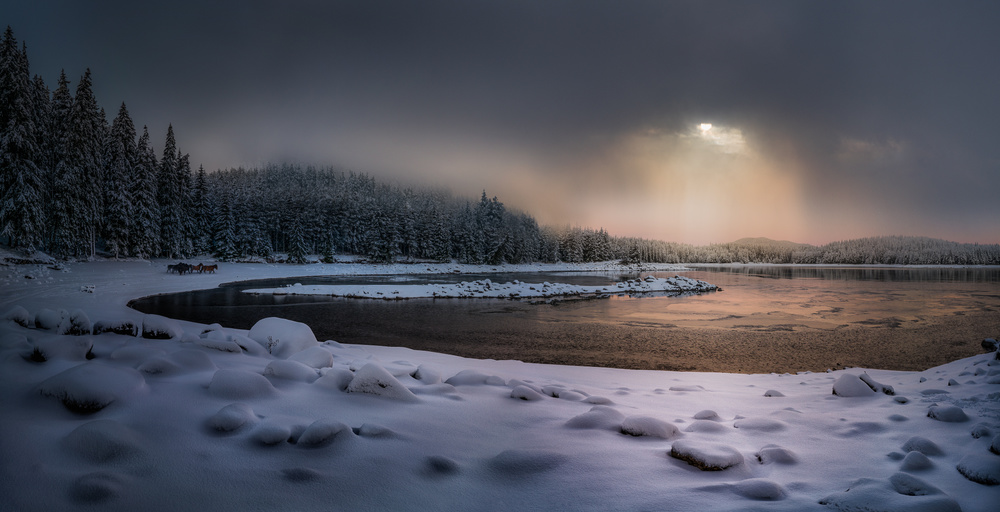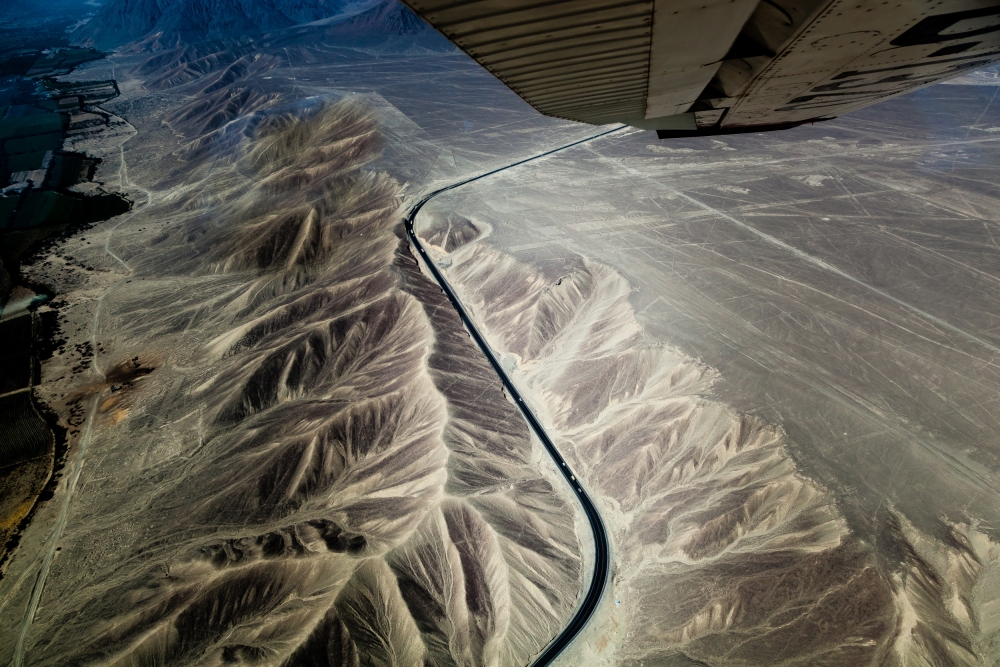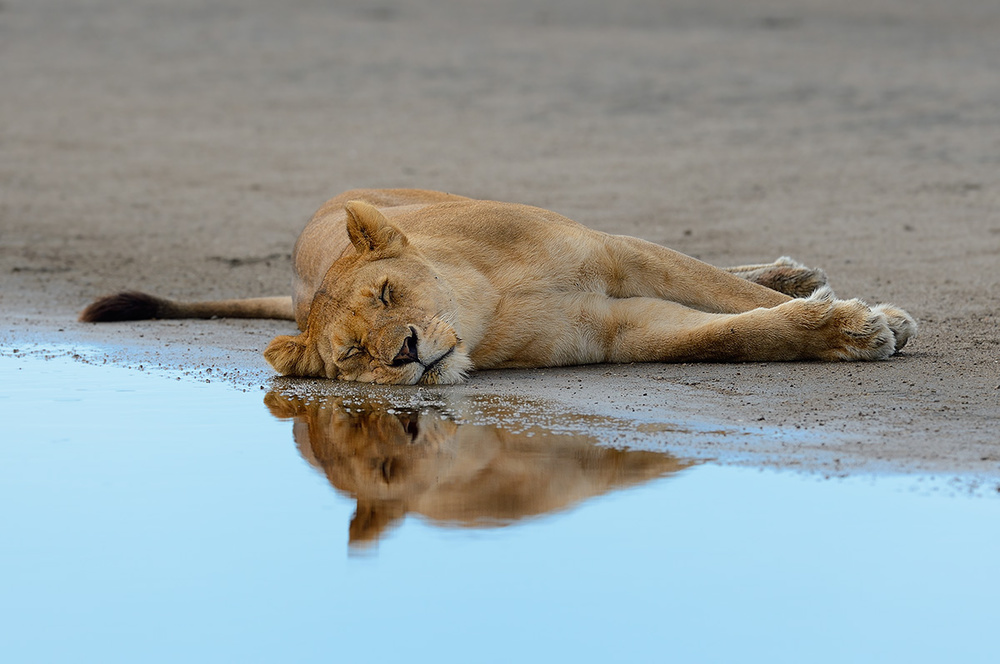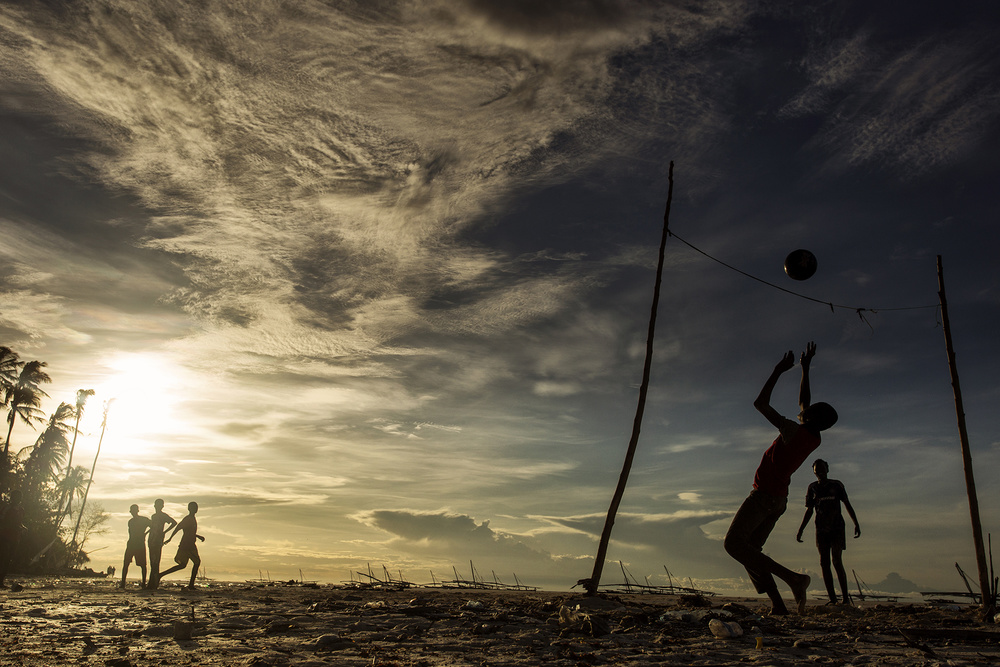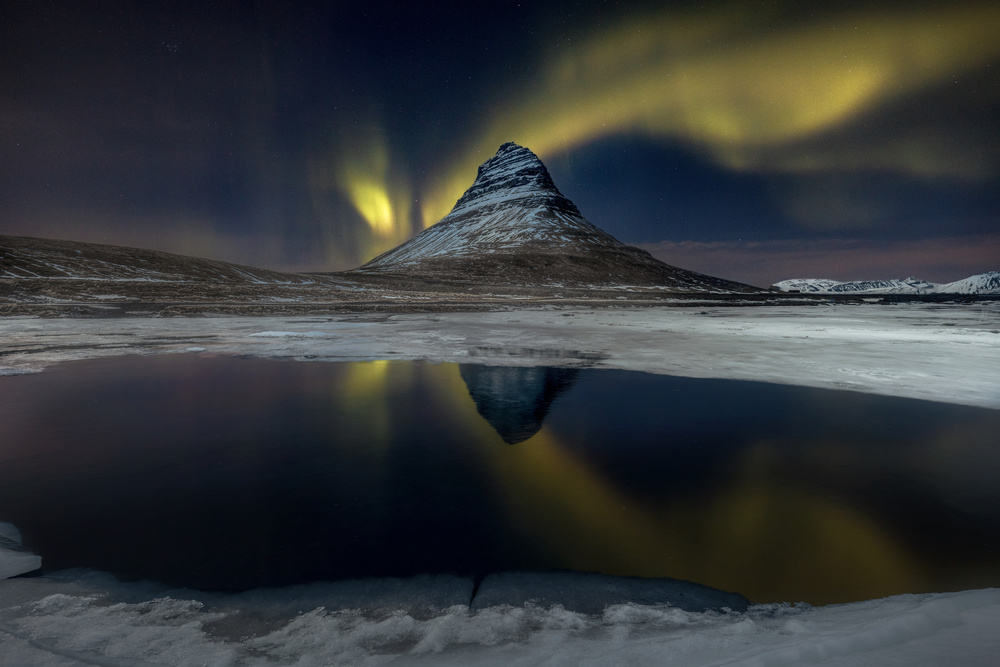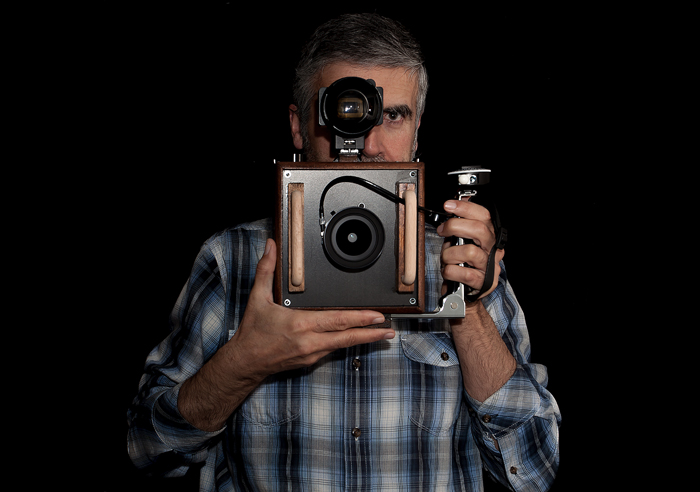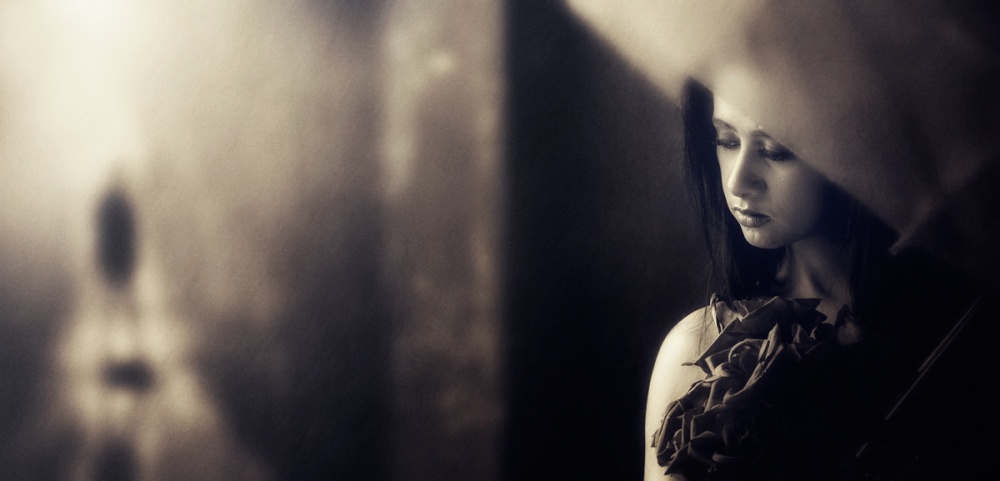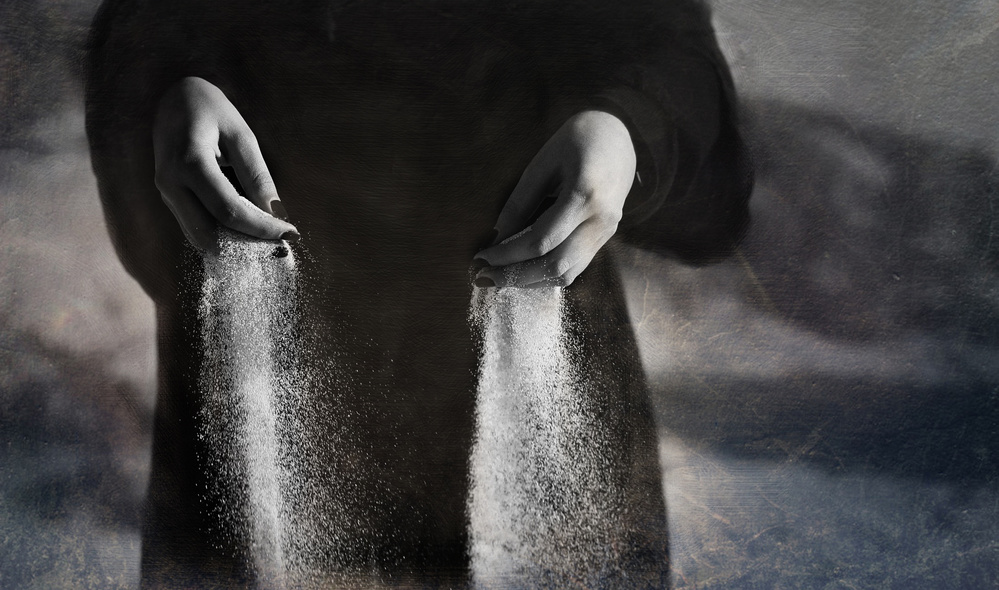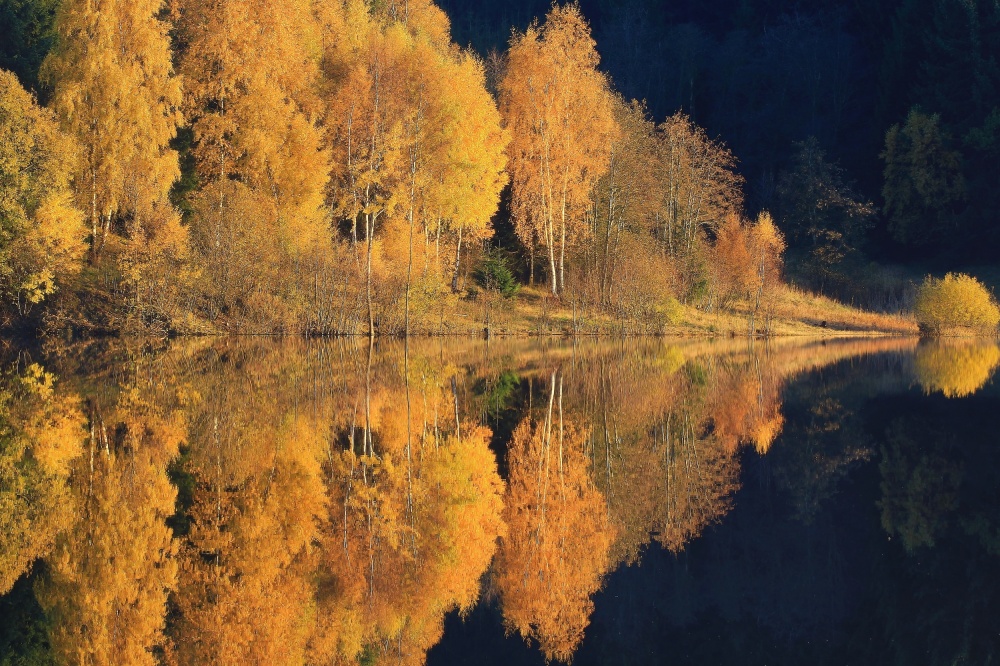Tips & Tricks

The Oldest Surviving Aerial Photo Was Taken From a Hot Air Balloon Over Boston in 1860
Photography Talk James Wallace Black's aerial photo of Boston in 1860, via The Met. Public Domain.
James Wallace Black's aerial photo of Boston in 1860, via The Met. Public Domain.
On October 13, 1860, James Wallace Black did something no one in the United States had ever done before.
He climbed into a hot air balloon, brought his camera on board, and took to the skies to photograph what he saw below.
The image you see above is the fruit of his labors - a view of Boston Common from an altitude of about 2,000 feet. It was the only suitable image that resulted from a set of eight glass plate negatives.
But Black wasn't the first person to tackle aerial photography. That distinction goes to Gaspard-Félix Tournachon, a French balloonist who photographed Paris from the air a mere two years earlier.
However, Tournachon's images were destroyed long ago, leaving Black's Boston Common photo as the oldest known surviving aerial photo.
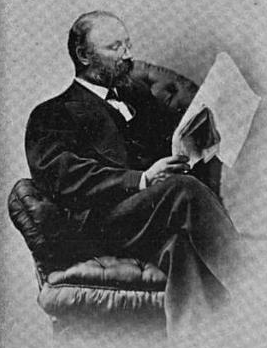 By Author unknown [Public domain], via Wikimedia Commons
By Author unknown [Public domain], via Wikimedia Commons
The story behind the photo is an interesting one.
Black didn't start his career as a photographer. Instead, he worked as the chief plate polisher for two Daguerreian studios in Boston in 1845.
Seven years later, he was finally granted an apprenticeship with John Whipple, a famed photographer of the day, whose accolades include being a pioneer in the fields of astrophotography.
By 1856, Black had advanced far enough in his skills that he was made partner in Whipple's photography company, and from 1857-1859, he ran the company on his own while Whipple fulfilled a three-year astronomical assignment at Harvard.
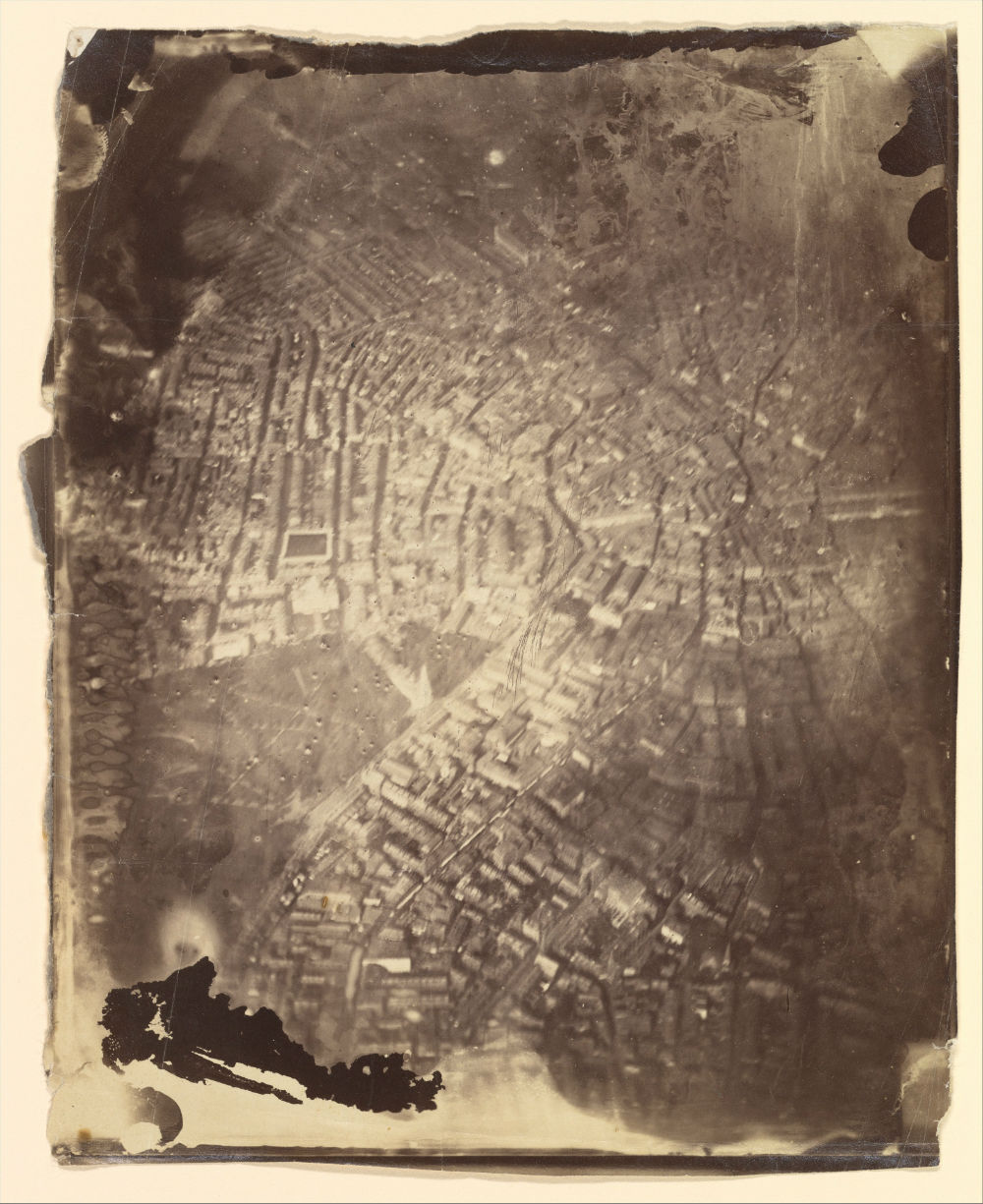 James Wallace Black's high-altitude aerial photo of Boston, circa 1860s, via The Met. Public Domain.
James Wallace Black's high-altitude aerial photo of Boston, circa 1860s, via The Met. Public Domain.
In 1859, Black set out on his own, only a year later to start taking aerial photographs like the one you see above.
This image is less known as the featured image earlier, but is nonetheless interesting as it was taken from a much higher elevation and shows a wider view of Boston.
It's actually just one of many that Black took from the air with the assistance of Samuel Archer King (shown below), a balloonist who piloted the Queen of the Air, though these are the only two images of Black's aerial work that still exist.
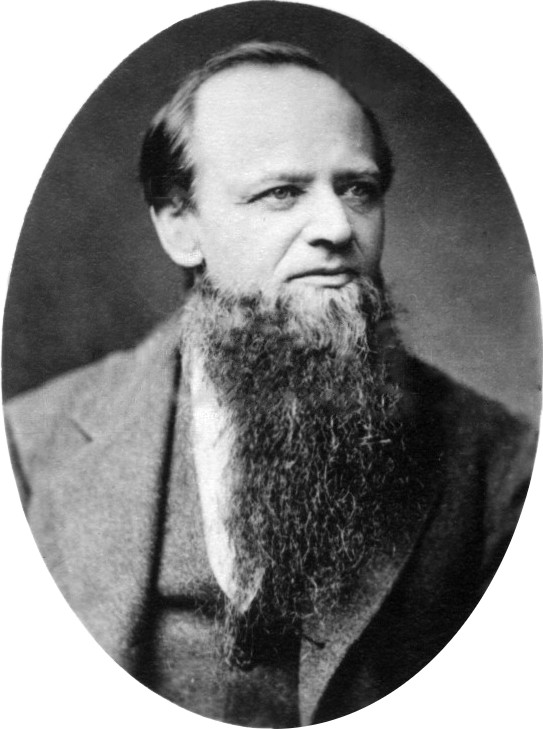 Public domain, via Wikimedia Commons
Public domain, via Wikimedia Commons
Black's series of aerial photos of Boston launched his career and made him one of the most notable names in photography at the time.
His images were so popular that they caught the eye of Oliver Wendell Holmes, the famous poet and medical professor at Harvard.
Editor's Tip: How you print your photos is just about as important as how they look out of the camera. Find out how you can get gorgeous prints right here.
In 1863, three years after Black took the photo, Holmes gave the image its name, Boston, as the Eagle and Wild Goose See It, in a piece he wrote for the Atlantic Monthly.
Perhaps the most interesting observation that Holmes made about the photo in his article is this:
As a first attempt [at aerial photography] it is on the whole a remarkable success; but its greatest interest is in showing what we may hope to see accomplished in the same direction.
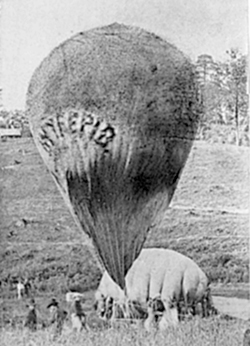 Public domain, via Wikimedia Commons
Public domain, via Wikimedia Commons
Though Holmes predicted that aerial photography would grow in importance, he couldn't have known just how soon aerial photography would become important.
Just two years later at the height of the Civil War, the Union Army would deploy hot air balloons with cameras as a means of spying on Confederate troops in Virginia.
Shown above is the Intrepid, one of the largest balloons in the Union Army Balloon Corps, being inflated with gas for a flight over the impending Battle of Seven Pines.
Black certainly had no idea that what he was doing with cameras in the 1860s would lead to innovations like spy planes and drone photography.
But his accomplishments all those years ago certainly inspired people to follow in his footsteps, improve upon his techniques, and take photography to new heights - literally.
Via The Met, Wikipedia (1), and Wikipedia (2)



